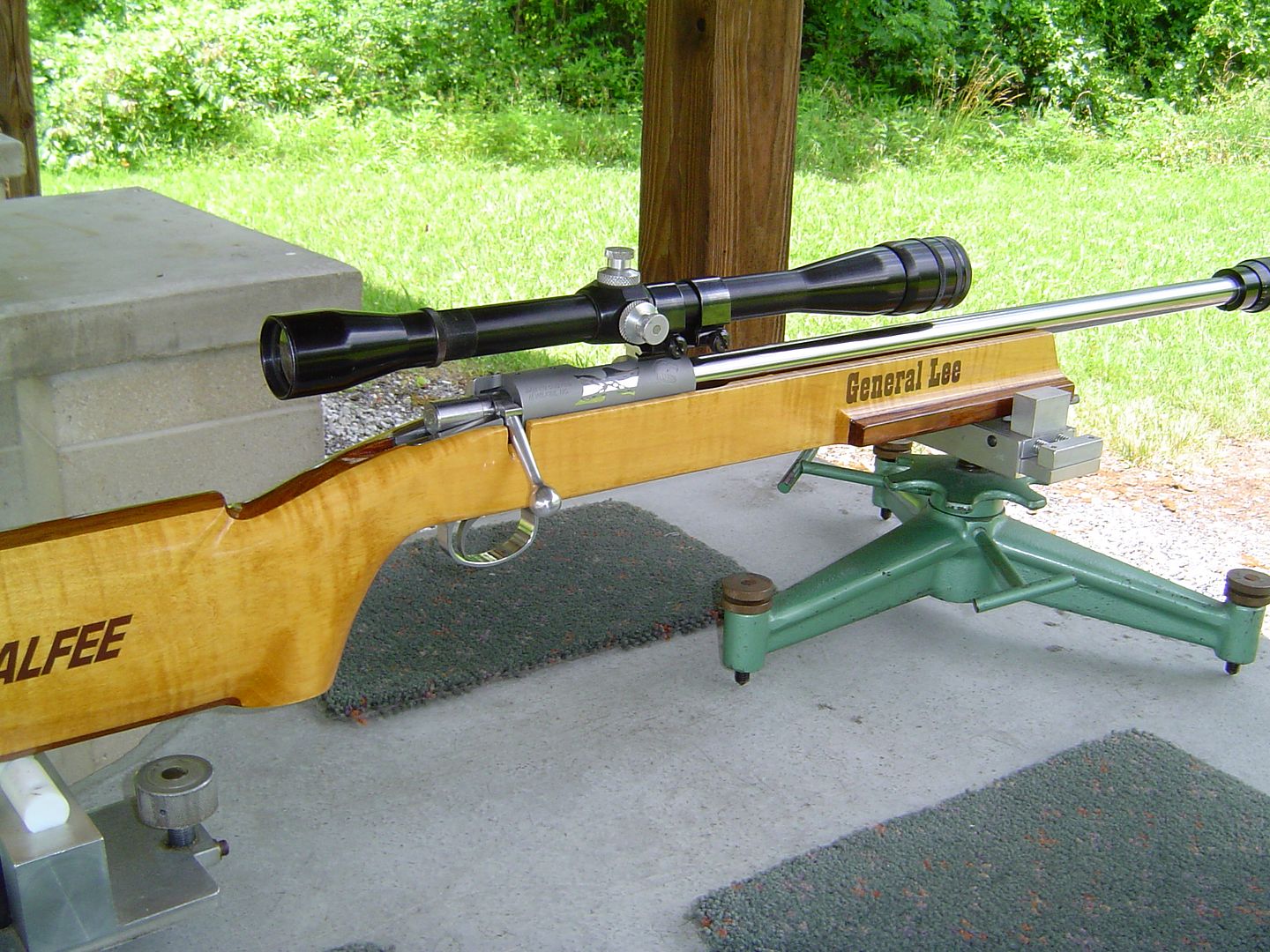Bill Calfee
Gun Fool
Why all the fuss about consistent rimfire ignition?
CYA friends:
When we have to deal with rimfire ammo with uneven amounts of priming compound, and uneven amounts of powder, why should we need to worry, so much, about the action producing extremely consistent ignition?
I'll answer this with a question:
Why would we want to compound the issue of uneven priming and powder with uneven ignition?
We can't control the consistency of the priming compound or powder.
All we can humanly do, is to produce the most consistent ignition possible so that what is reflected at the target, is only what we have no control over.
Your friend, Bill Calfee
____________________
PS:
If we had perfect ammo, every round the exact same velocity, with all else being equal, the actions that produce the most consistent ignition would produce the best accuracy.
So why would anyone want to handicap their potential accuracy, by not using the actions that produce the most consistent ignition?
Robert Oates finding General Lee and putting it in Fred Sears' hands, has been an eye opening history lesson about SAP rimfire ignition.
____________________________________

CYA friends:
When we have to deal with rimfire ammo with uneven amounts of priming compound, and uneven amounts of powder, why should we need to worry, so much, about the action producing extremely consistent ignition?
I'll answer this with a question:
Why would we want to compound the issue of uneven priming and powder with uneven ignition?
We can't control the consistency of the priming compound or powder.
All we can humanly do, is to produce the most consistent ignition possible so that what is reflected at the target, is only what we have no control over.
Your friend, Bill Calfee
____________________
PS:
If we had perfect ammo, every round the exact same velocity, with all else being equal, the actions that produce the most consistent ignition would produce the best accuracy.
So why would anyone want to handicap their potential accuracy, by not using the actions that produce the most consistent ignition?
Robert Oates finding General Lee and putting it in Fred Sears' hands, has been an eye opening history lesson about SAP rimfire ignition.
____________________________________

Last edited:

